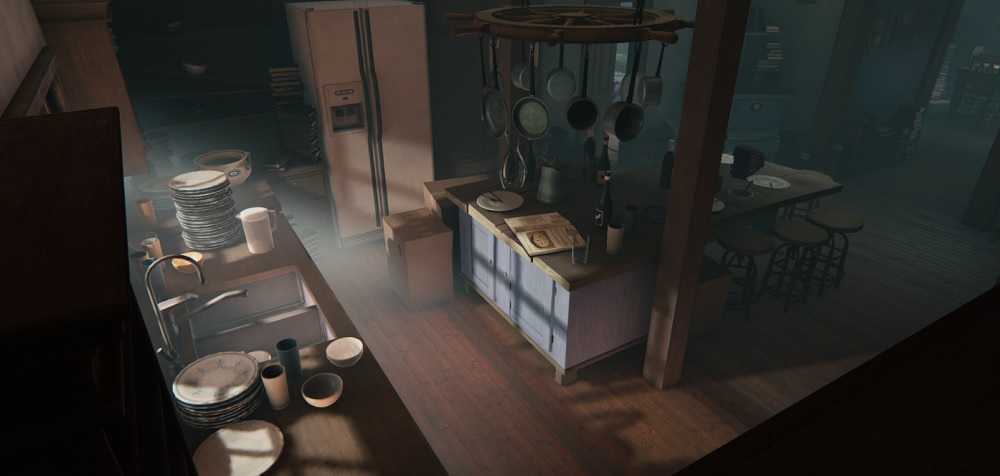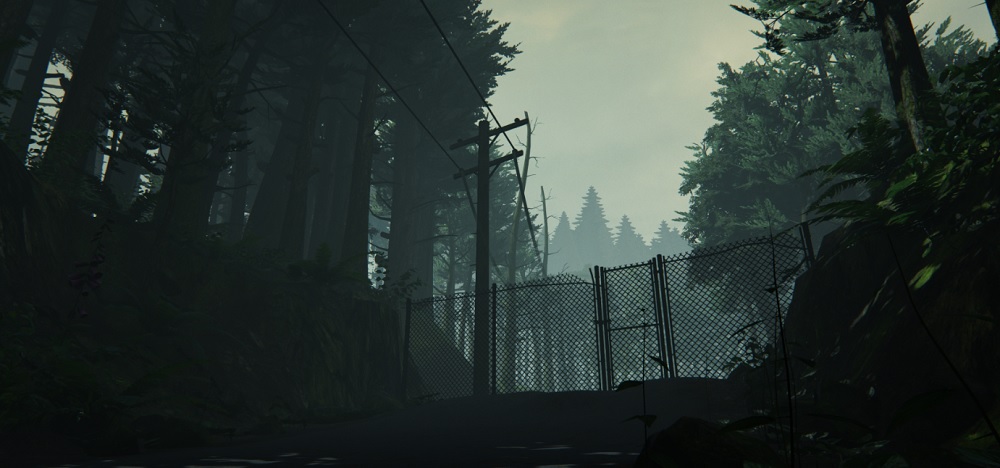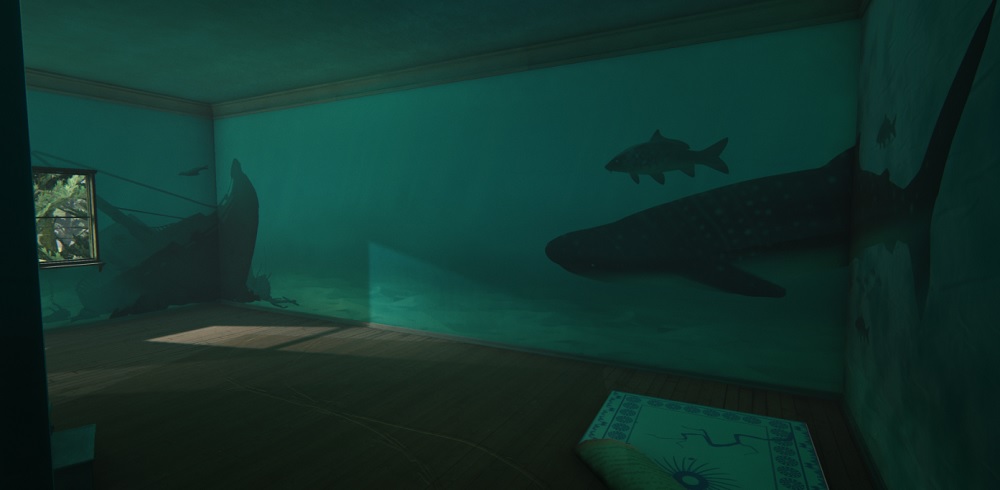Death is on the mind of Ian Dallas, the creative director at the game studio Giant Sparrow. That’s part of the sad inspiration for Giant Sparrow’s upcoming PlayStation 4 game, What Remains of Edith Finch.
The title is the second major game from Santa Monica, Calif.-based Giant Sparrow, which is bankrolled by Sony. Previously, the company created The Unfinished Swan, one of the finest indie games on the PlayStation 3. Dallas created that game after his mother came down with cancer, and he felt like a child who loses a parent is like an unfinished work of art. With Edith Finch, your job is to find out what happened to the Finch family. The game consists of various stories, each of them depicting the last moments of someone’s life.
In the preview, I saw that you spend a lot of time exploring the Washington state home of the Finch family. The house is an empty place like the mansion in Gone Home. But the story breaks into strange sequences, like a dream one of the family members has where she turns into an owl and hunts rabbits. In mid-dream, the owl turns into a shark, which tumbles to the ground and bounces into the ocean. That was one of the weirdest experiences I had in a video game, and it made me laugh. The graphics, based on the Unreal Engine 4, are beautiful.
We caught up with Dallas for a brief conversation at a recent indie event. He’s always good at describing the inspiration behind his games, and he always has some deep thought behind it. The game is coming for the PlayStation 4 in 2016. Here’s an edited transcript of our conversation.
AI Weekly
The must-read newsletter for AI and Big Data industry written by Khari Johnson, Kyle Wiggers, and Seth Colaner.
Included with VentureBeat Insider and VentureBeat VIP memberships.
GamesBeat: Did you get started on this as soon as you finished Unfinished Swan?
Ian Dallas: I actually got started working on this about a year before, just on my own. Then we did the deal with Sony, though, immediately after.
GamesBeat: What’s the backstory here?
Dallas: The original inspiration for this was scuba diving up in Washington state, being underwater and seeing the way that the bottom kind of stretched out forever. The sense of being really out of your element, the feeling of nature being beautiful, but also horrible at the same time.
A year before I started working with Sony on it, then, it was a scuba-diving simulator. It evolved into this collection of short stories. Initially the idea of the scuba-diving thing –it just felt like it wasn’t going to be very interesting to me as a developer, for a whole game. I was trying to think about how I could do a number of these things.
At the time I was reading a lot of weird fiction — H. P. Lovecraft, Neil Gaiman, people who tend to write in short stories. The Twilight Zone was another inspiration. Things that tend to revolve around ideas that don’t sustain themselves as worlds for very long. I wanted to do a collection of short stories, but I couldn’t think of how I’d be able to frame it. After turning it over for a while the idea of doing it as a family came to me. Then all the stories feel like they’re related to each other, but they also speak to something beyond that. Even though all the individuals die, the family persists. That’s how I got to the seed that became this game.
GamesBeat: So Edith is already dead?
Dallas: That’s unclear at the beginning.
GamesBeat: But Molly here is dead?
Dallas: Yeah. This is the very beginning. As Edith you’re coming back to this house and exploring it. In each of the bedrooms you find stories about the people that have died. Each of the stories is about the last moments of this person’s life.
GamesBeat: Death is a common thread in both games here.
Dallas: In each of these stories — after you’ve played a few of them, you know that you’re going to die. Hopefully that’s something that’s a bit liberating. In most games you spend a lot of effort trying to avoid death. Here there’s no getting out of it, just like in real life. It becomes a bit more experiential once you know it’s okay.
I think that’s one of the challenges experiential games have. How do you keep it dramatically interesting if you’re just walking around? Here, the hope is that even if the story is about making a sandwich, something dramatically interesting is there already, because you know that this person is going to die at the end of the story. That gave us license to do a lot of things that otherwise wouldn’t be all that interesting. To me, as a developer, that’s exciting. We can do things like a story about making a sandwich. We don’t actually do that specifically, but those kinds of stories are something we’re able to explore. Stuff you haven’t seen before, basically.
GamesBeat: Is this the same team as before? Is it any bigger?
Dallas: It’s some of the same people and a lot of new people. We shrunk down after Unfinished Swan to about three people, and we’ve now grown to about 14 people. We’re exclusive to Sony. The Sony people are all very similar, the same people who were kind enough to help us make Unfinished Swan.
GamesBeat: Do you have a timeline?
Dallas: We’ll be releasing in 2016.
GamesBeat: It’s going to take a while, then.
Dallas: It’s a collection of stories. That ends up being very difficult to do well. A lot of games have one level, and then you do different versions of it. With this game, each story is its own thing.
VentureBeat's mission is to be a digital town square for technical decision-makers to gain knowledge about transformative enterprise technology and transact. Learn More



